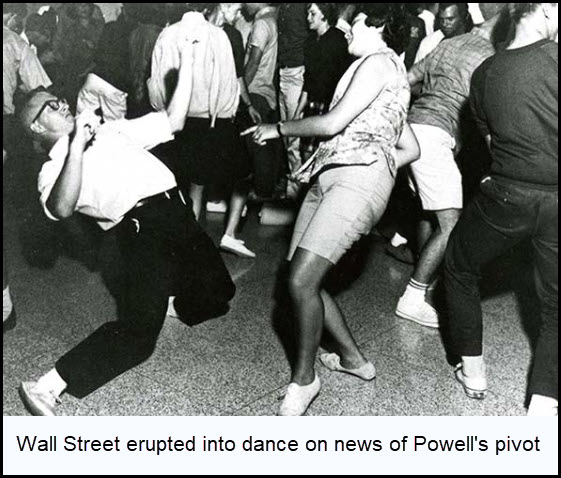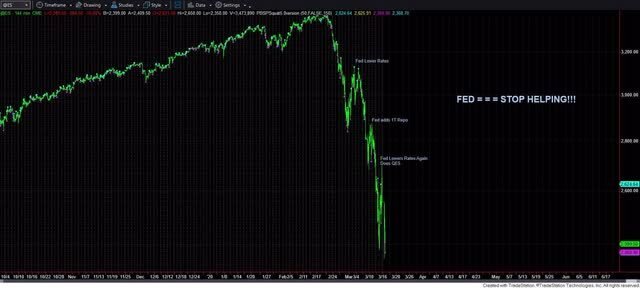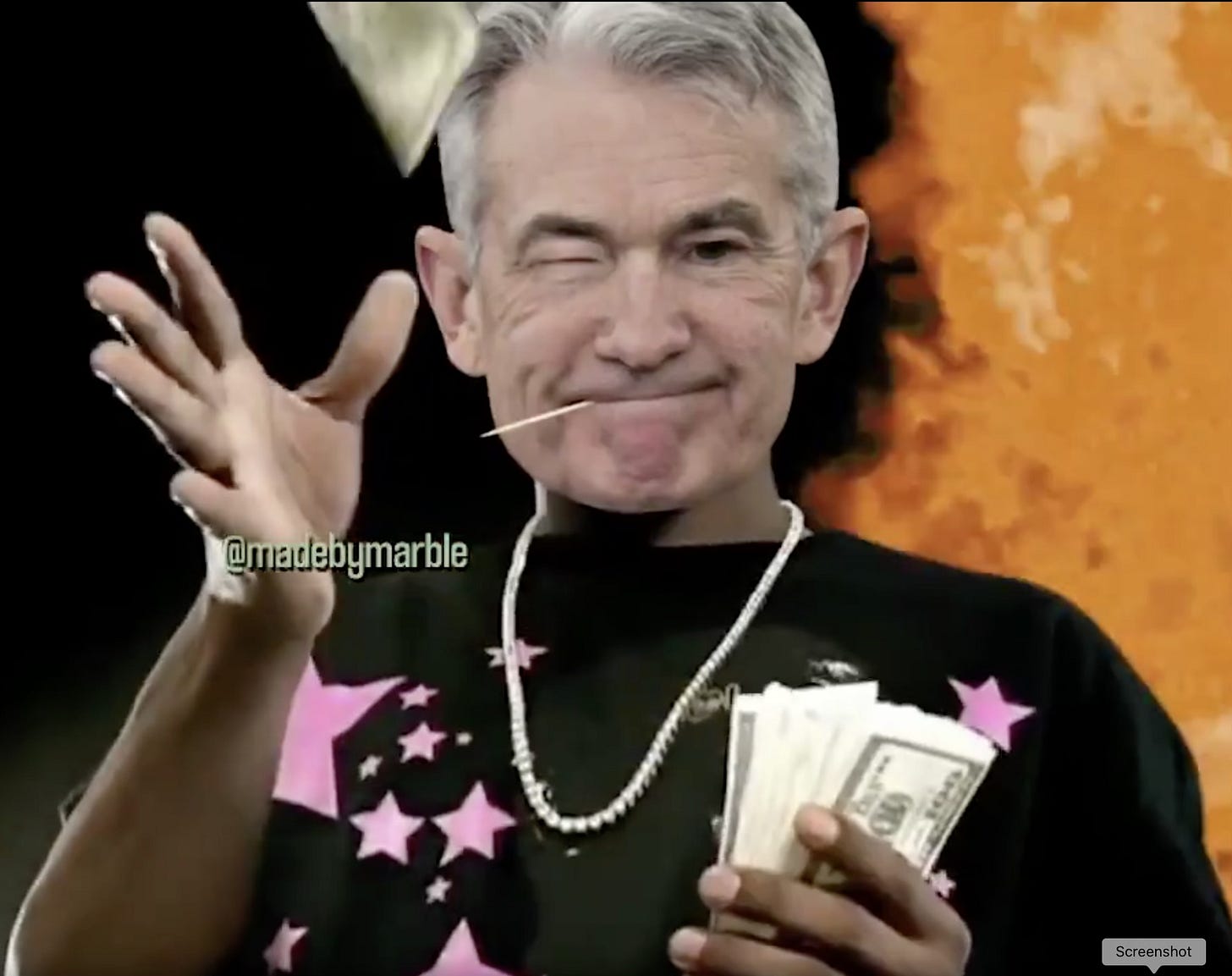The stock market went bonkers following the Fed’s first rate cut since March 2020, but it’s more than a little tempting to sell the news. A return to easing had been rumored for the last couple of years, but with a pitchfork mob threatening to descend on the Eccles Building, Fed Chairman Powell finally gave in to Wall Street. The mainstream media has given him cover with the lame story that lower rates will help spur employment. Historians are more likely to recall that the central bank’s pivot toward lower rates came at a time when stocks were breaking out to new all-time highs, inflation was ravaging the middle class, and home prices were at record levels. Still, it’s an election year, and what did we expect? The Open Market Committee is simply revivifying the American Dream — not with a scrawny chicken in every pot, but with renewed hopes of a leased Lexus in every garage.
What will lower rates mean? For one, they could conceivably delay a crash in home prices and stocks for a while. It has been coming ever since the 2007-08 deflation failed to finish the job. At the time, one might have surmised that the nation’s most popular and pernicious delusion — growing rich simply by owning a home — had suffered a fatal blow. Alas, whatever lessons the Great Financial Crash held for us were erased by a turbocharged recovery that has pushed home prices higher than ever.
And stocks, too. Although Powell’s steadfast hawkishness may have disappointed investors every month for the last three years, it did not impede the stock market’s steep rise even slightly. Nor did it quell Congressional spending, which is currently adding $1 trillion of debt to the U.S. balance sheet every 100 days. Historians will recall that statistic, too, when they pick through the rubble of the financial collapse that is coming.
Party On, FOMC!
Although the mainstream media watched CPI and employment data obsessively to predict Powell’s next move, it’s clear that he was thinking on a different plane. By making dollars merely somewhat more difficult to borrow, he was on the only path that could conceivably have reined in Federal spending. The strategy also supported the dollar’s hegemony, and it rebuked easy-credit policies of the EU that could not possibly produce a happy ending. Now Powell has joined the party.
It is almost unimaginable that rates will fall far enough to trigger a re-fi mania like the one in 2020-21 that kicked the U.S. economy into high gear. Thirty-year mortgages could be had for as little as 2.65% then, but the only way we will see rates that low again is if the economy slips into recession or worse. If conditions in 2020 were ideal for promoting inflationary growth, the opposite is true now: we are at the precipice of debt deflation. While mortgage rates have fallen from a high of 7.1% in 2022 to a current 6.1%, that is still far too high to stimulate a wave of home-buying. With residential prices poised to fall, a repeat of the 2007-08 experience seems unavoidable. This time, however, the collapse will be fed by much greater excesses, making it more likely to kayo the economy for a decade or longer.
Read the full article here












Leave a Reply